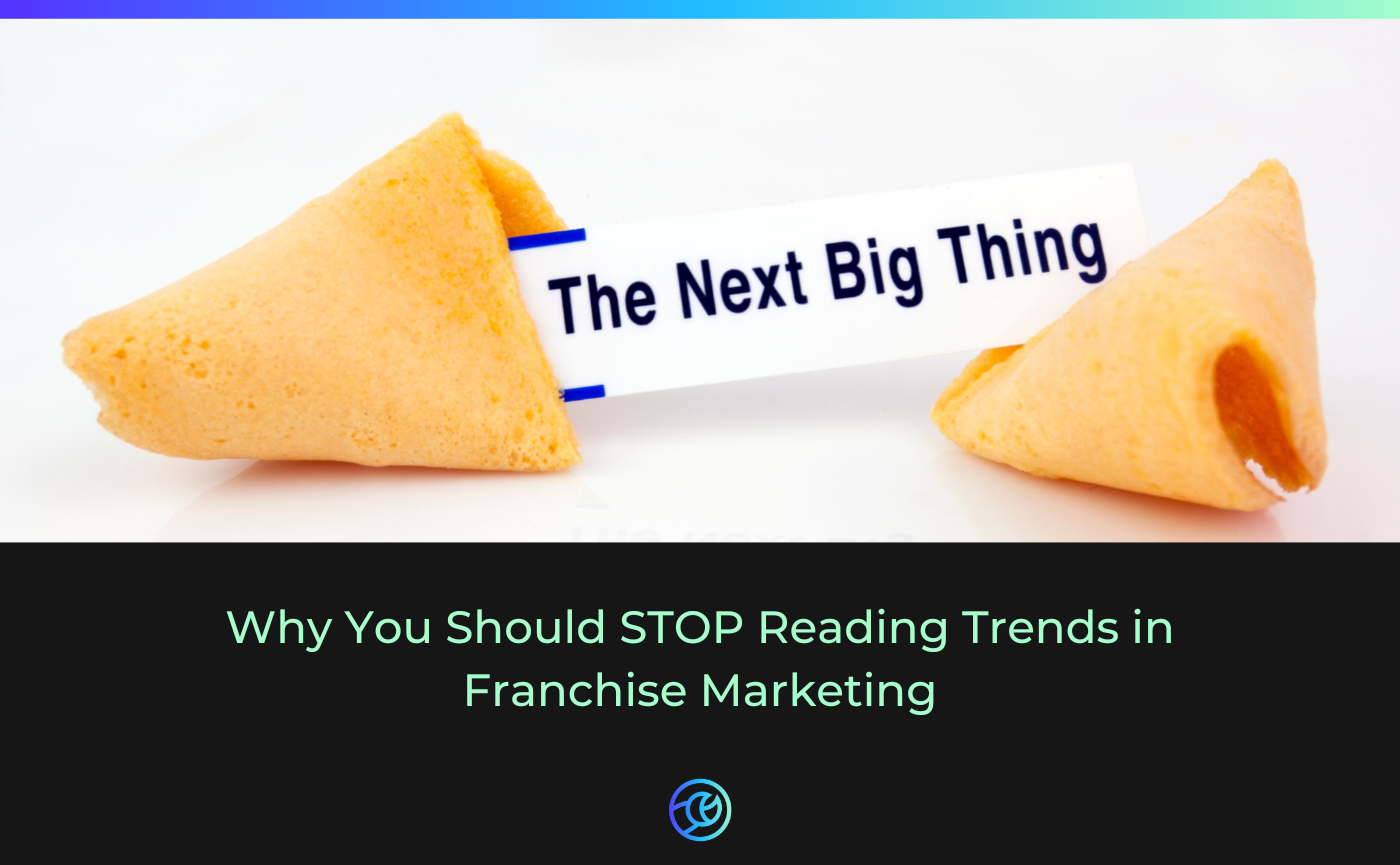How the Right AdTech Drives Revenue Through Channel Partners
Increasing revenue through channel partners has (finally) become a focus for brands. Many have spent the past two years focused on digital transformation, eCommerce extensions, and branded retail experiences. As they look for new revenue, channel partners have come into focus.
In April, Channel Marketer and Demand Gen released a report elaborating on the results of their Channel/Partner Marketing Benchmark Survey, which they released earlier this year. The results found that “66% of B2B leaders anticipate more than 11% of gain in revenue attributable to channel partners.”
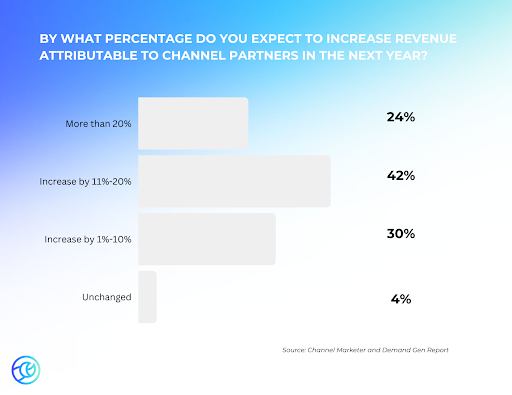
To focus on improving this revenue stream, companies are focused on 3 key areas:
Expanding Partner Ecosystems
-
- 82% of the respondents said they will be adding to their roster of partners
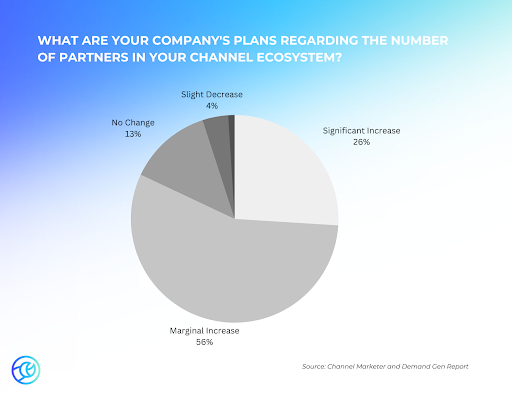
Improving the Partner Experience with Technology and Support
-
- Nearly 70% of those surveyed planned to boost spending on channel marketing support
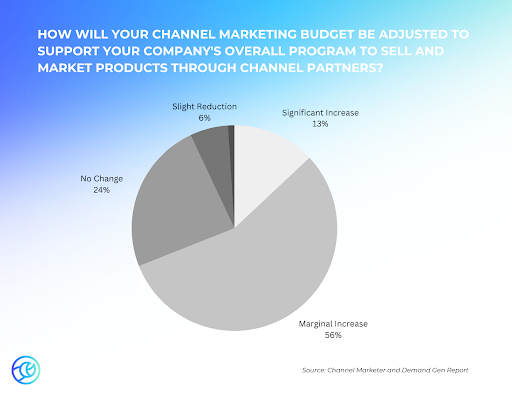
Providing Partners with the Branded Marketing Assets and Materials They Need
-
- 51% of those surveyed are offering social selling/marketing messages to partners
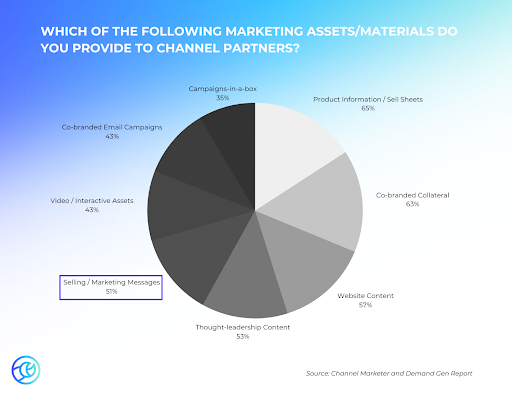
As brands expand their partner ecosystem, it’s crucial they have the right technology and social programs in place to amplify brand messages through their partners. Brands must upgrade to tools that offer ease of use, guidance to non-marketers, and scale to meet diverse organizational structures.
Flexibility is critical. When working with brands that drive revenue through indirect channels or partner networks, providing solutions that can adapt or accommodate multi-location management, and approval workflows, while balancing brand compliance with localization at scale is vital to ensure partner adoption.
As brands look to better leverage their local partners, they should evaluate their adtech along the following parameters:
-
- Is onboarding of local partners and locations quick and easy?
- Does the technology support different business models?
- Does it offer an accessible library of brand-compliant assets?
- Does it offer custom controls that allow for personalization and localization in campaigns?
- Can partners or agencies submit their own campaigns or changes through simple workflows with review and approval checkpoints?
- Can everyone involved see what they are achieving with reporting dashboards for both brand-level and partner-level insights?
Being relevant for local partners means activation and advocacy. Local partners rank social as a top advertising priority and as one of the most effective marketing tactics in their advertising toolbox. Yet, many struggle with content development, planning, and execution due to a lack of creative resources. This is the perfect opportunity for brands to demonstrate their dedication to partner success (while also extending local reach through social channels). It’s a win-win.
Learn how Tiger Pistol’s Collaborative Advertising Platform™ can connect the power of your brand with the knowledge and credibility of your channel partners through simple and scalable location-level social advertising.
Related Posts
Is Your AdTech Ready for Meta’s Ad Objective Overhaul? It Better Be. ODAX is Here.
Originally Published 3/30/2022; Updated 7/14/2022 Meta recently began its rollout of its new Outcome-Driven Ad Experiences (ODAX) to a large portion of ad accounts, reframing the way advertisers choose an objective. It will likely prove to be one of the largest overhauls to Meta’s advertising ecosystem in years. ODAX replaces Meta’s current lengthy l
Why You Should STOP Reading Trends in Franchise Marketing
As a kid, I spent far too much time trying to complete the “Choose Your Own Adventure” books. For those who are not familiar with these books, you read the book normally until you are presented with a choice. For each choice there was a different page number. For example, “To enter the room with […]
A Social Media Advertiser’s Guide to TikTok, Facebook, & Instagram: Demographics & Statistics
Two titans stand at the forefront of social media advertising, captivating audiences and shaping digital marketing strategies: TikTok and Meta through Facebook and Instagram. With their vast user bases and diverse demographics, these platforms offer unparalleled opportunities for advertisers to connect with consumers globally, especially if integrated into a co



